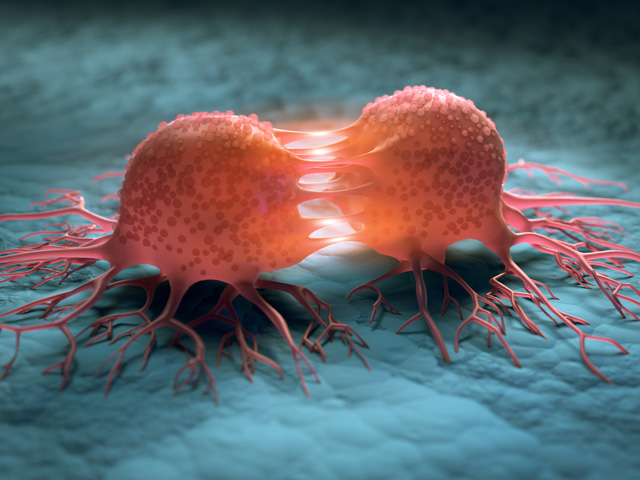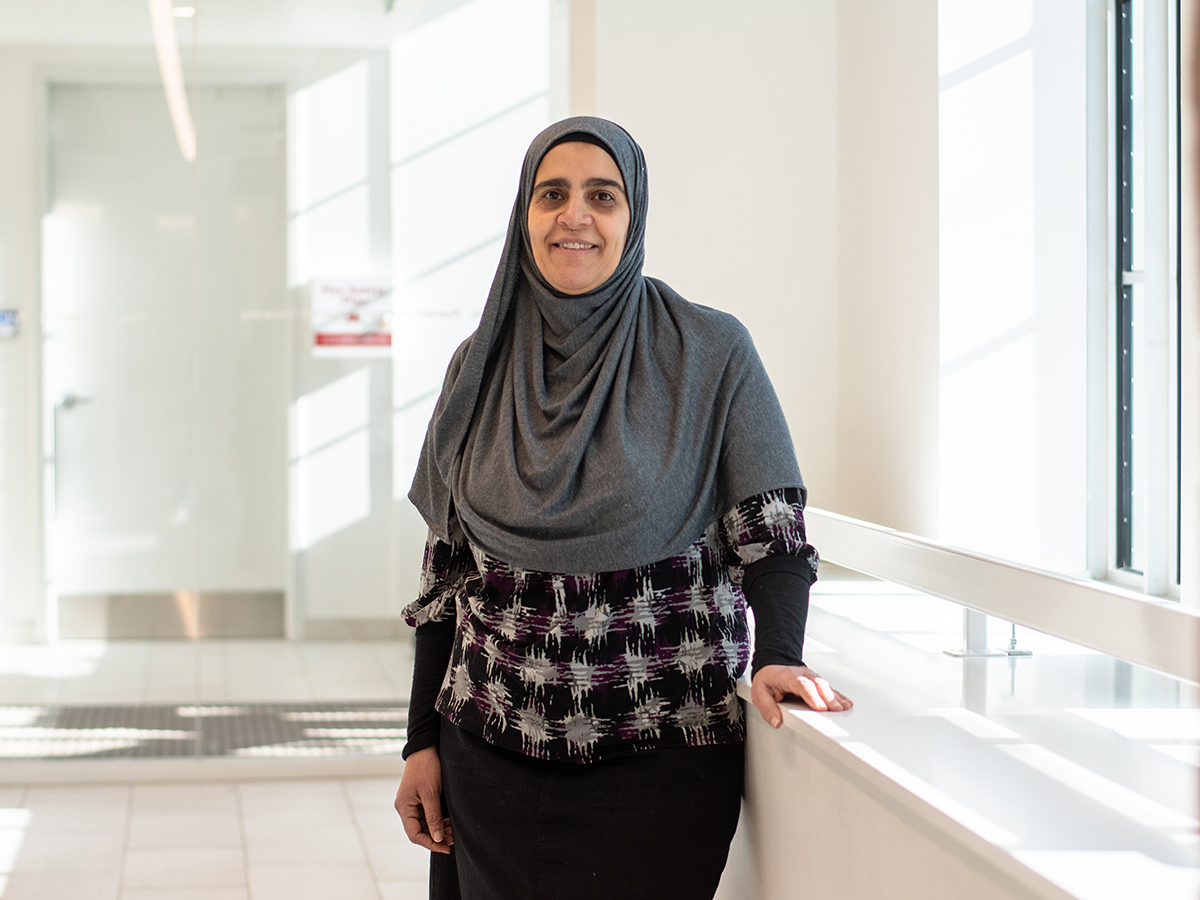Research Areas
In the Biomathematics and Fluids group, we study problems that have applications in industrial, environmental, and health research contexts. Projects range from theoretical to applied, and balance the mathematical tools and techniques with insights from experiments in fluids, biology, and medicine.
Our academic work is predominantly either theoretical and computational in nature, involving differential equations, mathematical modeling, and the development of predictive tools. While currently not directly tied to industrial partnerships, our research lays the important groundwork upon which specific applications and innovations are built.
If you're a student or postdoctoral fellow, identify your research interest area and contact a supervising professor.

Dr. Kathleen Wilkie
In this area of research, we develop mathematical models and numeric computations to explore cancer growth and to predict disease progression and treatment outcomes. My research tries to help understand how cancer the disease progresses inside the human body, and how the human body responds to, and alters, the disease progression.
Specifically, we use mathematical techniques to test hypotheses about how various factors – such as natural aging, the immune system, and our microbiome – alter cancer progression. We also explore how cancer alters the human body from evading the immune response to inducing muscle and adipose tissue wasting in cancer cachexia.
We take a systems biology approach, which involves integrating experimental data with mathematical models to create biologically-driven predictive tools. We use differential equations to build models that accurately capture essential behaviours observed in biological or clinical data. Our work includes model parameterization and validation, and attempts to bridge the many biological scales from genetic to molecular to cellular to tissue and finally to the whole human body.

Dr. Na Yu
In this research area, we have been actively developing theoretical/numerical approaches that are useful to solve interesting questions in complex dynamical systems with multiple time scales and noise. In collaboration with experimentalists, we have been using a variety of mathematical/physical/statistical methods to solve various biological issues. and bringing up new mathematical theorems/concepts inspired by biological systems.

Dr. Silvana Ilie
In this area of research, we develop numerical methods to interpret biological data and to build mathematical models in Life Sciences. In particular, we focus on developing effective and accurate algorithms to understand biological systems and to solve problems within them. We study nonlinear biological systems that are either continuous and deterministic, continuous and stochastic, discrete and stochastic, or a hybrid model.
We also study cellular dynamics and genetic networks. With the recent development of experimental techniques, we are now able to explore gene regulatory networks in living cells, as well as to generate synthetic gene networks. By combining accurate mathematical models with powerful computational tools to simulate biological networks, our work provides a foundation for future developments of new technologies within biology.

Dr. Jean-Paul Pascal
In this area of research, we work with mathematical models to study problems involving fluid flows in biological, industrial and environmental contexts. Some examples include: liquid coatings used in manufacturing, tear film covering the eyes, and mud, lava or glacial flows occurring in nature.
Liquid films are subject to hydrodynamic instability, which can result in the appearance of wavy surfaces. In some circumstances, interfacial instability is an undesirable occurrence. In others, instability can optimize a given process and provide a beneficial impact.
Our most recent work focuses on building mathematical models of gravity-driven flows of fluid films with a free surface. We incorporate important and complex factors affecting stability, such as the nature of the solid surface over which the fluid flows, evaporation/condensation, applied heating, permeability, electromagnetic fields and the presence of surfactants/contaminants.
By creating more realistic representations of situations occurring in applications, our work assists in predicting critical conditions for the onset and evolution of unstable flows.

Dr. Katrin Rohlf
In this area of research, we investigate flow behaviour in biological fluids, such as blood, which are generally classed as non-Newtonian fluids. Since these liquids alter in viscosity when subject to force, modeling this behaviour can be very complex. In our work, we study these fluids specifically within the context of physiologically meaningful geometries that are found in both healthy and diseased conditions.
Most blood flow mathematical models in use today rest on the assumption that blood can be treated as a continuum, and that this assumption remains valid in all flow geometries. However, we are currently developing particle-based numerical methods capable of incorporating complex particle interactions (such the sticking together of red blood cells). Our objective is to determine the most appropriate flow model in the chosen geometry of interest.
Stochastic particle-based methods used for blood flow simulations additionally have applications in biochemical systems. Some current work includes applications to self-assembly processes (such as red blood cell aggregation), as well as pattern formation in reaction-diffusion systems in general.
The results of our findings have applications in such areas as blood flow, cardiac arrhythmias and brain biomechanics.


